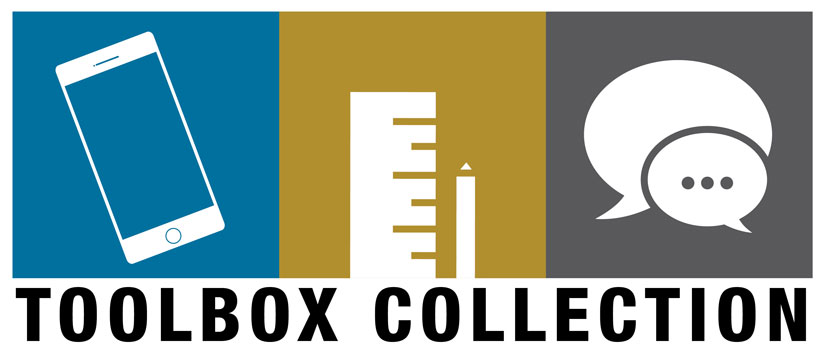The Toolbox Collection
Beginning with its first issue in 2003, the aims of The Toolbox seemed simple enough: Enable higher education faculty to boost the experience of student and teacher through a short, easy-to-read, conversational-style resource. At the time, The Toolbox also served a readership that was fairly easy to manage—the faculty at Indiana Wesleyan University, where editor Brad Garner was actively involved in teaching the first-year seminar.
Over the years, The Toolbox has seen some changes—several colorful incarnations and a global (and still-growing) subscriber list, to name a couple—but its purpose has stayed remarkably consistent. Many of the topics Dr. Garner has discussed at length in this bimonthly publication remain relevant to higher education classrooms.
It is with this continued relevance in mind that the National Resource Center produced The Toolbox Collection, a five-volume series that gives vital topics from previous issues of The Toolbox an added focus, while providing context for the present day and beyond.
Volume 5: Faculty as Agents of Student Success
In the final volume of our collection, Brad Garner focuses on basic strategies faculty can use to connect with students in powerful ways.
Volume 4: Digital Learning
How can faculty capitalize on their students' proclivity toward technology while also enhancing learning? This volume highlights ways to incorporate technology into college courses, with the aim of creating new, enriching learning opportunities.
Volume 3: Assessment of Student Learning
As faculty, how do you know if students are actually mastering course content? This volume discusses the assessment of student learning as a guide to verifying the effectiveness of teaching and learning practices.
Volume 2: Active Learning
Our second volume discusses active-learning strategies designed to promote deeper understanding, collaboration, and problem solving in the classroom.
Volume 1: Key Elements of Course Design
In this volume, Brad Garner discusses some of the important ingredients and processes involved in designing a high-quality course for students. Much like baking a delicious dessert, course design requires mixing several common ingredients, adhering to a set of procedures performed in a prescribed order, and using specific types of equipment.
